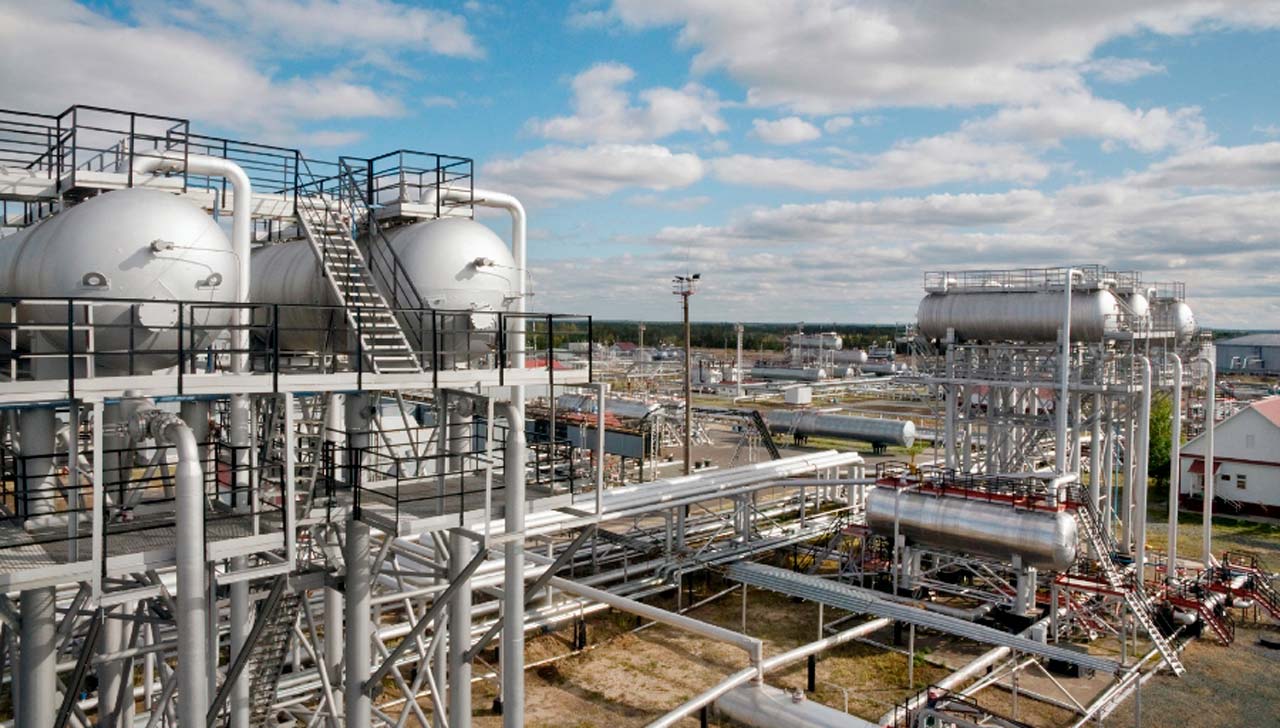Gas distribution installations play a crucial role in ensuring a steady and safe supply of natural gas to homes, businesses, and industries. As technology continues to advance, the gas distribution sector is undergoing a transformative evolution. This article explores the latest innovations in gas distribution installations, focusing on safety enhancements, sustainability initiatives, and emerging technologies that promise a more efficient and reliable gas supply network Fluides médicaux.
- Smart Monitoring and Control Systems:
One of the most significant advancements in gas distribution installations is the integration of smart monitoring and control systems. These systems leverage Internet of Things (IoT) technology to provide real-time data on gas flow, pressure, and other critical parameters. Automated sensors continuously monitor the network, allowing for immediate detection of leaks or abnormalities. This proactive approach enhances safety by enabling rapid response to potential hazards, minimizing the risk of accidents and ensuring the reliability of gas distribution systems.
- Leak Detection Technologies:
Traditional methods of leak detection are being replaced by innovative technologies that offer higher sensitivity and quicker response times. Acoustic sensors, laser-based systems, and infrared cameras are among the cutting-edge tools employed to identify and locate gas leaks promptly. These technologies not only enhance safety but also contribute to environmental conservation by reducing the release of greenhouse gases.
- Remote Valve Control:
Remote valve control is another breakthrough in gas distribution installations. This technology allows operators to control and monitor gas flow remotely, reducing the need for physical intervention. In emergency situations, remote valve control systems enable swift response, preventing potential disasters and ensuring the overall reliability of the gas supply network.
- Renewable Gas Integration:
The global shift towards sustainability has prompted the gas distribution industry to explore renewable gas sources. The integration of biomethane, hydrogen, and other renewable gases into existing distribution networks is gaining traction. This transition not only reduces dependence on fossil fuels but also aligns with the growing emphasis on environmentally friendly energy solutions.
- Predictive Maintenance:
Predictive maintenance is revolutionizing the way gas distribution installations are managed. By utilizing data analytics and machine learning algorithms, operators can predict equipment failures and schedule maintenance activities proactively. This approach minimizes downtime, extends the lifespan of infrastructure, and ensures that gas distribution systems operate at peak efficiency.
- Pipeline Material Innovations:
Advancements in pipeline materials are contributing to the longevity and resilience of gas distribution installations. The development of corrosion-resistant and durable materials enhances the structural integrity of pipelines, reducing the likelihood of leaks and ensuring a longer operational lifespan.
Conclusion:
The evolution of gas distribution installations is marked by a commitment to safety, sustainability, and efficiency. With the integration of smart technologies, advanced leak detection methods, and a focus on renewable gas sources, the gas distribution sector is poised for a future that prioritizes both environmental responsibility and reliable energy supply.
